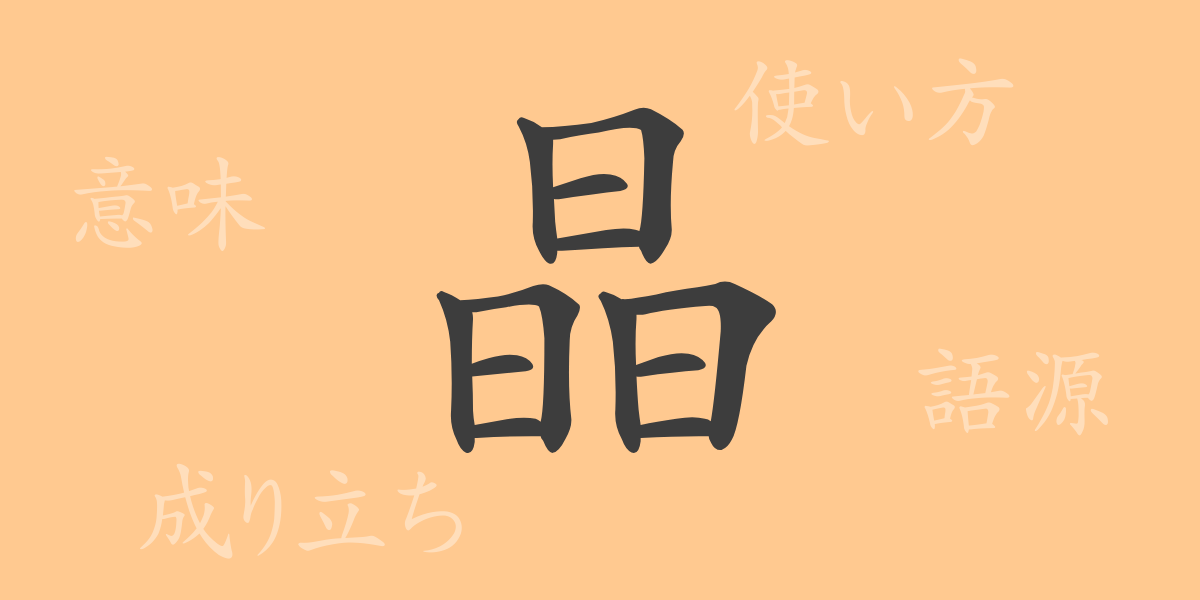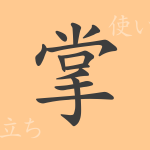Japanese language features a rich array of expressions, one of which includes the beautiful and complex Kanji. “晶(しょう),” a character that evokes a sense of brightness and purity to those who see it, is the focus of this article. We delve into the origins, meanings, and uses of this fascinating character.
Origins of 晶(しょう)
The kanji “晶” has been used in China since ancient times, and its origin is quite unique. Originally a pictograph representing ice crystals, it comprises three “日” characters stacked together, symbolizing “a sparkling ice crystal.” Over time, 晶 has come to symbolize brilliance and purity.
Meaning and Usage of 晶(しょう)
The kanji “晶” conveys meanings such as “sparkling,” “transparent,” and “clear.” It is typically used to describe substances like gemstones, metals, and glass that are transparent and lustrous. Figuratively, it can also describe a person’s clear and pure heart.
Pronunciation, Stroke Count, and Radical of 晶(しょう)
Let’s explore the pronunciation, stroke count, and radical details of the kanji “晶”:
- Pronunciation: The on’yomi (音読み) is “ショウ,” and there is no specific kun’yomi (訓読み).
- Stroke Count: “晶” consists of 12 strokes.
- Radical: The radical is 日部(にちへん).
Idioms, Phrases, and Proverbs Using 晶(しょう) and Their Meanings
There are numerous idioms and phrases that include “晶,” each with its unique implications. Here are some well-known examples:
- 水晶(すいしょう): A type of hard, transparent mineral, metaphorically referring to something crystal clear or of great value.
- 晶晶(しょうしょう): Describes something that shines brightly or is distinctly visible.
- 結晶(けっしょう): The regular solid formation from a solution, or metaphorically, the tangible results of efforts or research.
Summary on 晶(しょう)
The kanji “晶” has been used across various contexts due to its beautiful form and meaning. It is apt for describing things that are luminous and pristine, playing a significant role in the Japanese language. Through this article, we hope you appreciate the deep history and beauty embedded in a single kanji character.

























